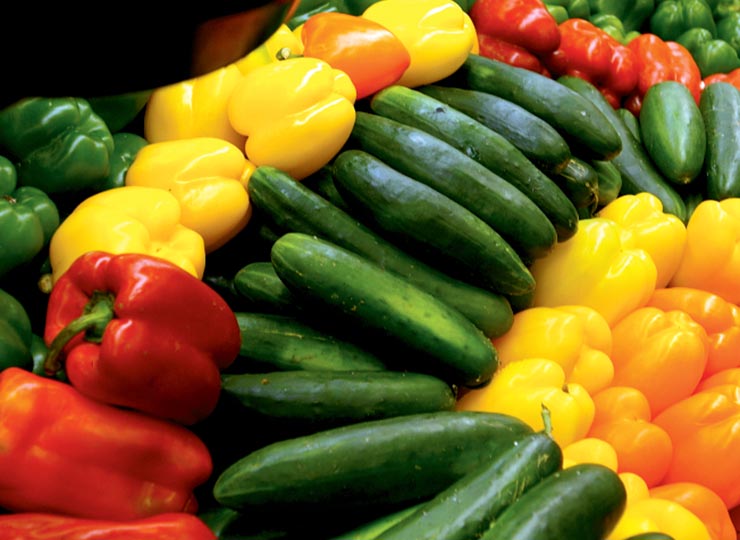Home > Mississippi > Mississippi Ag Education > Agricultural Renaissance for Choctaw Indians
Agricultural Renaissance for Choctaw Indians
In partnership with: Mississippi Department of Agriculture and Commerce
 To say agriculture is not a new idea for the Mississippi Band of Choctaw Indians would be an understatement. Historically the Choctaw – the only federally recognized tribe in Mississippi – was an agricultural tribe, trading food as far north as the Great Lakes and as far east as the Atlantic Ocean. The Choctaw changed its livelihood after World War II when Chief Philip Martin returned from Europe with a dream to industrialize the Tribe.
To say agriculture is not a new idea for the Mississippi Band of Choctaw Indians would be an understatement. Historically the Choctaw – the only federally recognized tribe in Mississippi – was an agricultural tribe, trading food as far north as the Great Lakes and as far east as the Atlantic Ocean. The Choctaw changed its livelihood after World War II when Chief Philip Martin returned from Europe with a dream to industrialize the Tribe.
Focus on Agriculture
Now, the Choctaw see the need to bring back their heritage. With the support of Mississippi State University (MSU) Extension Service and the U.S. Department of Agriculture (USDA), the Choctaw Indians are using agriculture to help combat diabetes, instill strong work habits and reconnect younger generations with their past. On September 30, 2012, the Tribe was awarded a three-year grant for an enterprise: Choctaw Fresh Produce. Dick Hoy, general manager of Choctaw Fresh Produce says with the grant, they have built six of 18 high tunnels for growing fruit and vegetables for tribal members, schools and restaurants. With the high tunnels, the Tribe can grow food during cooler months when other farmers markets are closed. “We want to give tribal members access to fresh produce,” says Hoy, explaining the first step to healthy eating is having access to healthy food. Forty percent of the 10,000 tribal members battle diabetes. Choctaw Chief Phyllis Anderson says the grant for Choctaw Fresh Produce is breaking ground for a greater movement. “For centuries, we have been tied to this land, and it is the land that has provided for many generations of Choctaws. It’s important that we not only embrace that through healthy and sustainable food projects like Choctaw Fresh Produce, but to also instill the significance of respecting our lands and bodies to our young so they, too, can pass this important life value on to the next generation.”
Bright Future
Educating younger generations on culturally significant plants is a goal of Tim Oaks, USDA Natural Resources Conservation Service tribal liaison and conservation program analyst for the Mississippi Choctaw. “We are bringing in the elders to give guidance on the cultural plants and how to grow them,” he says. He hopes to put this information into a textbook for the younger Choctaws. Hoy is using the location of the high tunnels, adjacent to the Choctaw primary schools, to work with teachers to teach children ages 4 to 7 about gardening. “If we bring these kids into the high tunnels and let them help us take care of the food, then they are more likely to eat it,” he says.
New Perspective
Jim McAdory, MSU Extension agent for the Choctaw Indians, takes a slightly different approach to educating Choctaw high school students about agriculture. “Many of these kids think you have to have 5,000 acres and a million dollars of equipment to be involved in agriculture,” he says. Through the Ag-Cel program, McAdory gives students hands-on agriculture experience by visiting farms, labs and forests around the state. “If you’re not exposed, you won’t know that there are other people involved in putting food on the table,” he says, adding that he makes a point to make students aware of the variety of jobs in agriculture, from growing produce to working as an extension agent. “We’re hoping to wake an agricultural sleeping giant,” McAdory says. “After the high tunnels were built, the tribal leaders started getting interested in other avenues of agriculture.”



